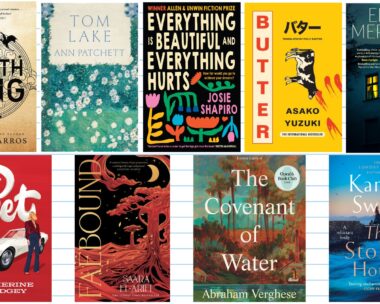‘Grateful’ and ‘blessed’ have become buzzwords over the past few years. It can be easy to dismiss it as Instagram fodder or something we just don’t have time for, but there is solid science to support the regular practice of gratitude.
Several studies have shown that people who regularly practice gratitude have better overall wellbeing, life satisfaction, resilience, relationships and levels of happiness. They experience a reduction in stress, anxiety and depression. The research shows it’s much harder to feel down, or as though we don’t have enough, when we are in a state of gratitude for the things we already have.
Grateful people also tend to have much stronger immune systems, lower blood pressure, improved sleep, and feel a greater sense of resilience to emotional hardship and adversity.
With concerns around anxiety and mental health growing, Nicky Perry, founder of gratitude journal brand AwesoME Inc, has made spreading the power of gratitude her mission.
“With gratitude, you focus on the simple things and you focus on the good things in your life. The more you focus on the good, the more you see the good and the more you appreciate,” says Nicky.
.jpg)
Nicky Perry, founder of gratitude journal brand
So how does it actually work? What really happens in our bodies when we count our blessings? When we take time to notice the good in our lives and feel thankful, the reward centres of the brain and the parts associated with positive social interactions are activated. Several feel good chemicals such as oxytocin, dopamine and serotonin are released, which give us increased feelings of happiness, wellbeing and connection. As the saying goes, “neurons that fire together, wire together.”
Practicing gratitude regularly strengthens these neural pathways and literally rewires the brain. Over time, feeling appreciative and looking for the good just becomes second nature.

Incorporating a gratitude practice doesn’t require a lifestyle overhaul or a big chunk of time. The best way to get started is with a gratitude journal that is set out with gentle prompts and advice. AwesoME Inc has a range of beautiful journals for adults, teens and kids, as well as online resilience tool kits and helpful resources.
Just like exercise or healthy eating, consistency is the key. You wouldn’t expect your health to be transformed after one workout or healthy meal, so don’t be disheartened if you don’t feel like a brand new person after one journal entry.
The more regularly we practice, the more our brains get used to scanning the world for good things and firing in ways that leave us feeling happy and fulfilled.
The more we look for the good and focus on the good, the more we feel good. Trust the process and stick with it – the snowball of benefits can be huge.




